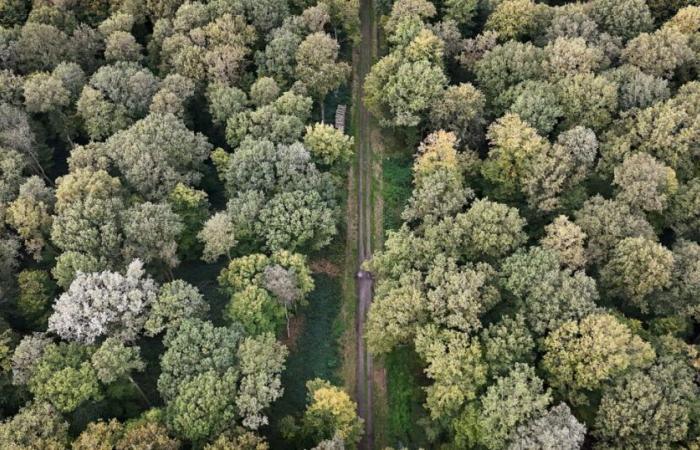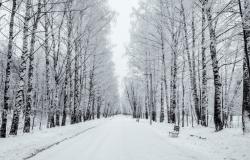
François Clais, forest ranger in the Phalempin forest
Photo Pierre Le Masson
No heatwave alert during the summer. This is still the case for the forests of Hauts-de-France, as noted by François Clais, ranger for the National Forestry Office (ONF) in the Phalempin forest, south of Lille. Even if the forest area closest to the Lille metropolis has suffered in recent years from summer droughts and chalarosis, the summer period of 2024 was “a little breath of oxygen” for its trees. “There is an explosion of surface vegetation such as brambles or ferns,” underlines the ONF agent. But above all it was a very good year for young plants. » Young plants more sensitive to drought than their elders.
For older specimens, however, Aude Tessier, director of the ONF in Hauts-de-France, is more measured: “Yes, the trees suffered less compared to previous years (…). But it is difficult to assess excess water in the soil, and this can suffocate the roots. This is the same problem that farmers face. For the moment we have not observed anything alarming, but we remain on alert. »
Devastated coastal forests
What about chalarosis, then? Since 2009, drought or not, this fungus from Asia has decimated the ash trees in the region, from the coast to Mormal. In Phalempin fortunately, this species represented “only” 10% of the canopy. “We’re at the end here. Even if we still have a few ash trees here and there,” observes François Clais. As for Mormal, the largest massif in the Nord and Pas-de-Calais, ash trees occupy only 3% of the land. Anecdotal compared to coastal forests…
Because in Boulonnais devastated by disease, the forest landscapes are now undergoing total change. “Rejuvenated”, Aude Tessier euphemizes. Over the next five years, around 800 hectares of ash trees will have disappeared in the Boulogne-sur-Mer forest, which covers 2,000 hectares. “This massif has suffered a lot,” regrets François Clais. Today and for decades and decades to come, the Boulogne forest will live to the rhythm of maintenance work, clearcutting and replanting. »
Cut and replant
These replants will not be easy. “The problem with clear cutting is that you lose moisture. » In the case of silviculture, this consists of “harvesting” entire plots of forest. This practice, which seriously damages the soil and limits biodiversity, is criticized by certain associations. “The trees that we replant are therefore much more subject to drought. We have to persist, points out the ONF agent. But we'll get there. »
Despite everything, proof of the resilience of the forest, certain ash trees resisted the Asian parasite. The time has come for the ONF to replant, and this time, the emphasis has been placed on the diversity of species, the first natural barrier against the spread of diseases. “ [Ce concept de diversité]we became aware of it when climate change became a topic. And that’s what, personally, gives me hope for the future of the region’s forests,” says the director of the ONF of Hauts-de-France.





